Cut CO2 emissions and energy
bills with no upfront costs
Bring AI to your BMS & thermostats.
Integrate any HVAC with zero upfront costs.
VC-backed and award-winning:
BMS reimagined:
AI energy optimisation
A wireless plug & play sensing and AI automation integration service.
From day one, you save energy and emissions.You only pay a fraction of the savings.
How does it work?
Real-time occupants, indoor, and equipment data.
A digital replica of your space to monitor parameters.
ESG reporting and automatic equipment adjustments.
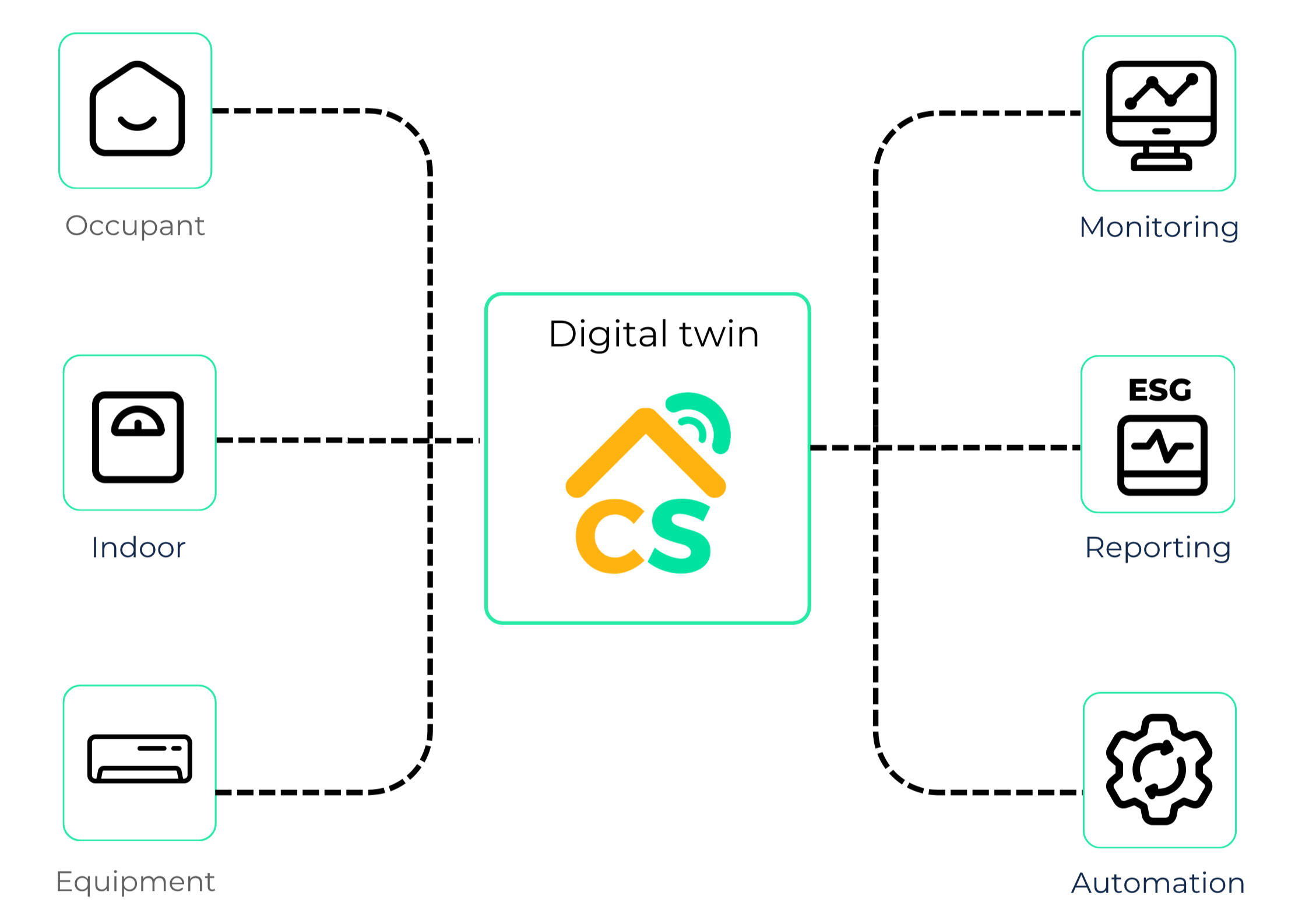
Risk-free energy savings
Plug & play installation within hours, no upfront costs, and performance-based pricing.If we don’t save you money, you don’t pay.
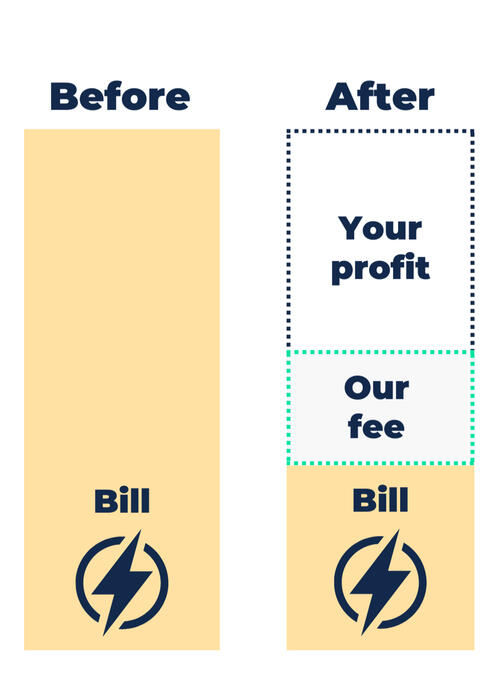
Don't just take our word for it, see what our clients say!
Team

PhD from TU Darmstadt. As an academic at Cambridge University Energy Centre and Head of UNDP Accelerator, he led 100+ people teams and oversaw $5M+.

PhD in sensors from Cambridge University. Cofounder open seneca, a sensors social enterprise in 10 countries. Former machine learning led in a series A proptech.
Our vision is to
create human-centred sustainable
indoors for everyone.
Our Mission:
Optimise comfort and energy efficiency in 1 million commercial spaces using cutting-edge sensors and AI.
Giving time back to
Facility Managers
We solve the most common operational challenges in hotels, offices, restaurants, and retail spaces with or without BMS.
Perfect comfort.
Smart savings.
Every space.

Create healthier workspaces that boost staff comfort and performance while cutting energy costs.

Make every guest comfortable while reducing energy, cutting emissions, and understanding demand.
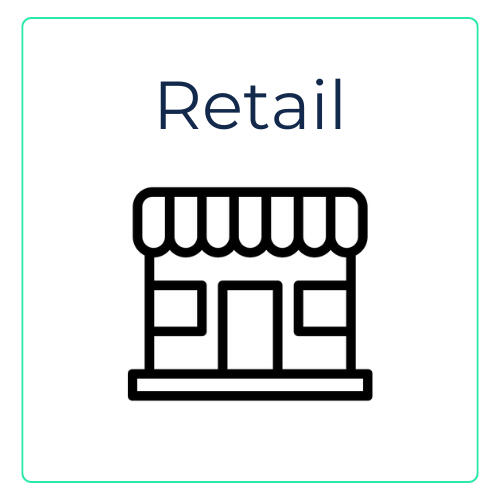
Keep staff and shoppers comfortable in each area and cut energy use to reduce operating costs.
Learn how the latest AI automation in buldings works!
How does it work?
We create a private LoRaWAN network independent of your building infrastructure.Free hardware as required to ensure your monitoring and performance goals. We install within hours without cutting cables or making holes.

Risk-free energy savings
Plug & play installation within hours, no upfront costs, and performance-based pricing.If we don’t save you money, you don’t pay.
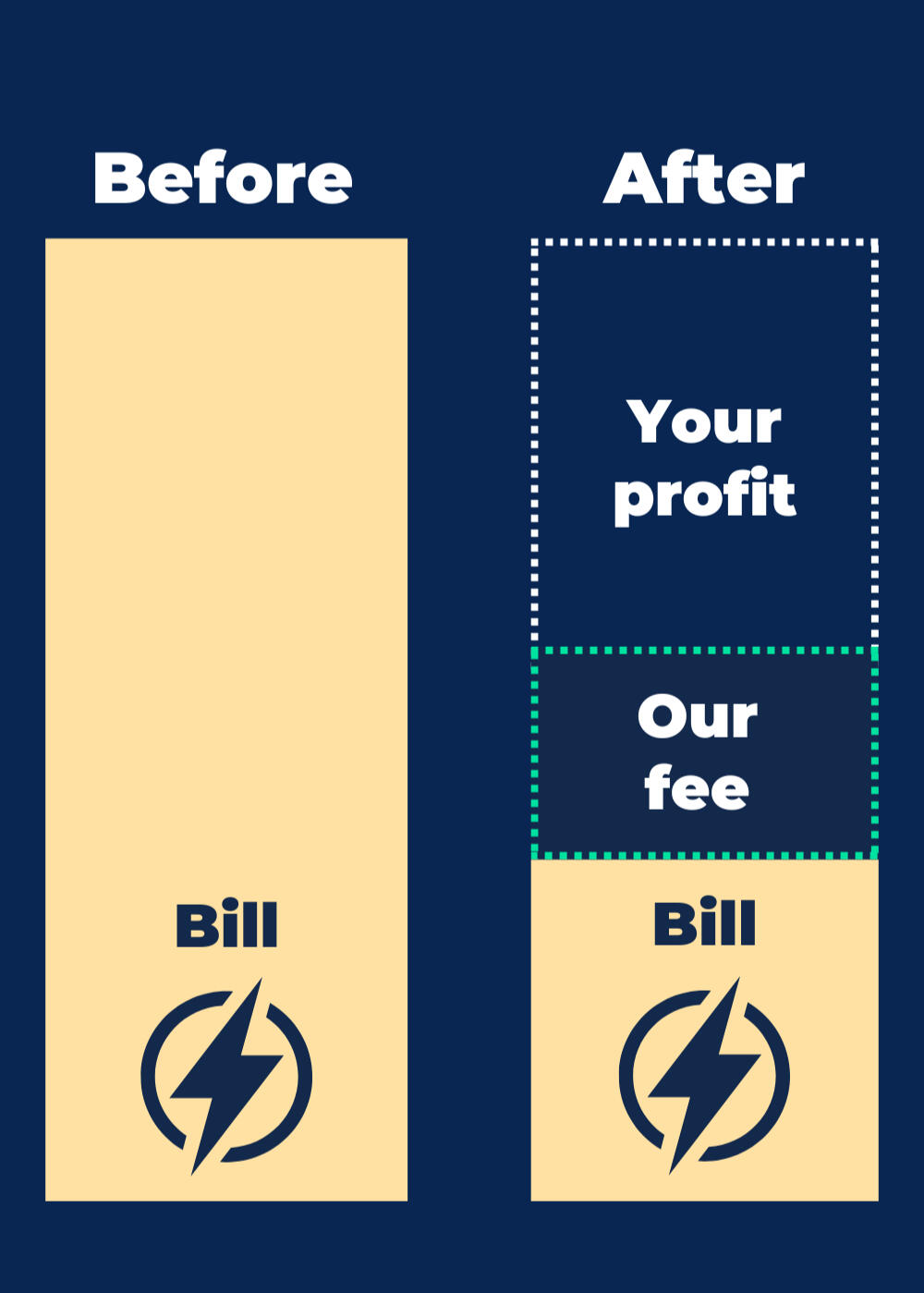
Features
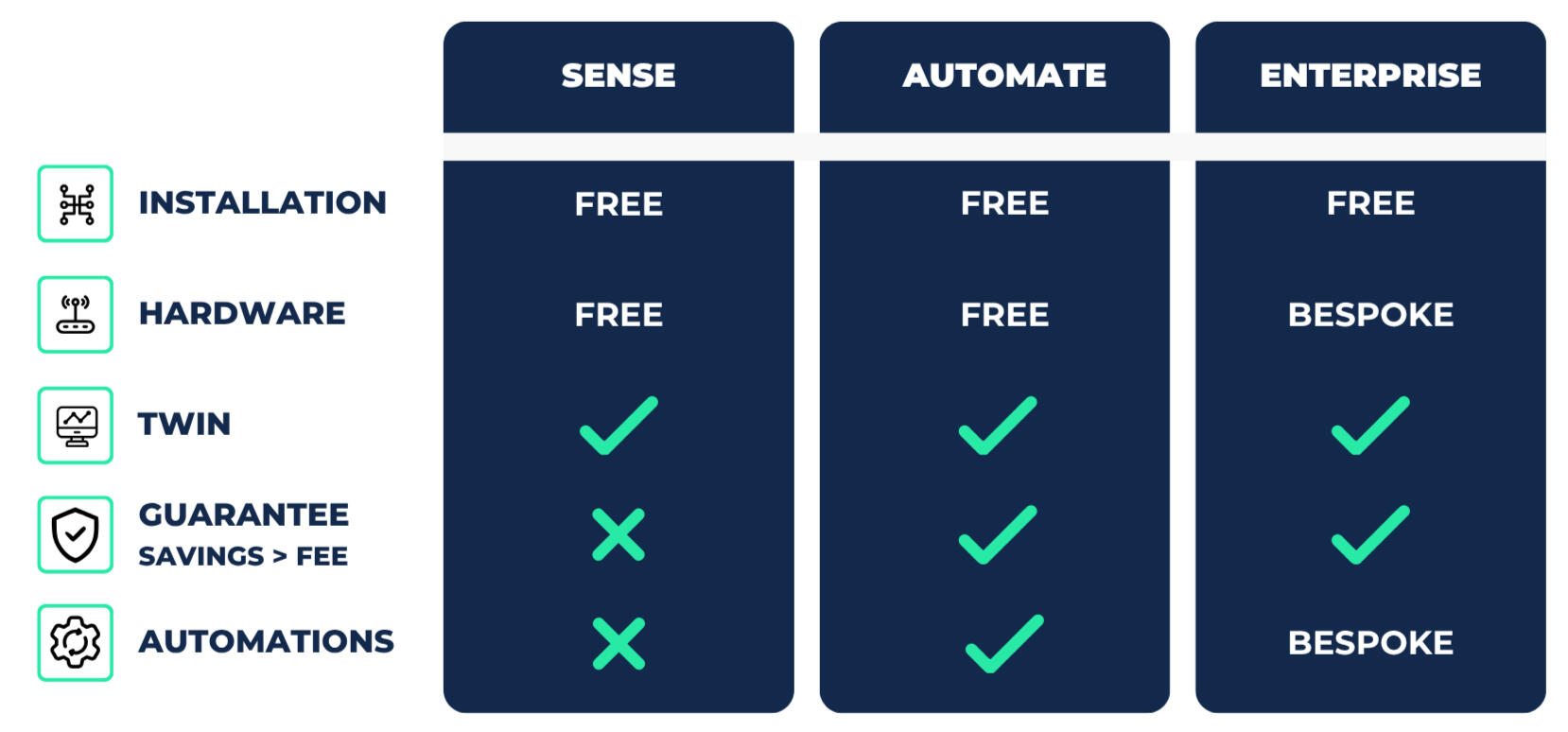
Zoning explained: Cosysense value beyond it
Zoning boosts heating, ventilation, and cooling systems (HVACs) efficiency. It's not a new trick, but it sure cuts down on your bills and gives you more control over your indoor climate. Discover why zoning matters and when it's best to use it. Moreover, we'll show how Cosysense ramps up your HVAC's efficiency, with or without zoning.
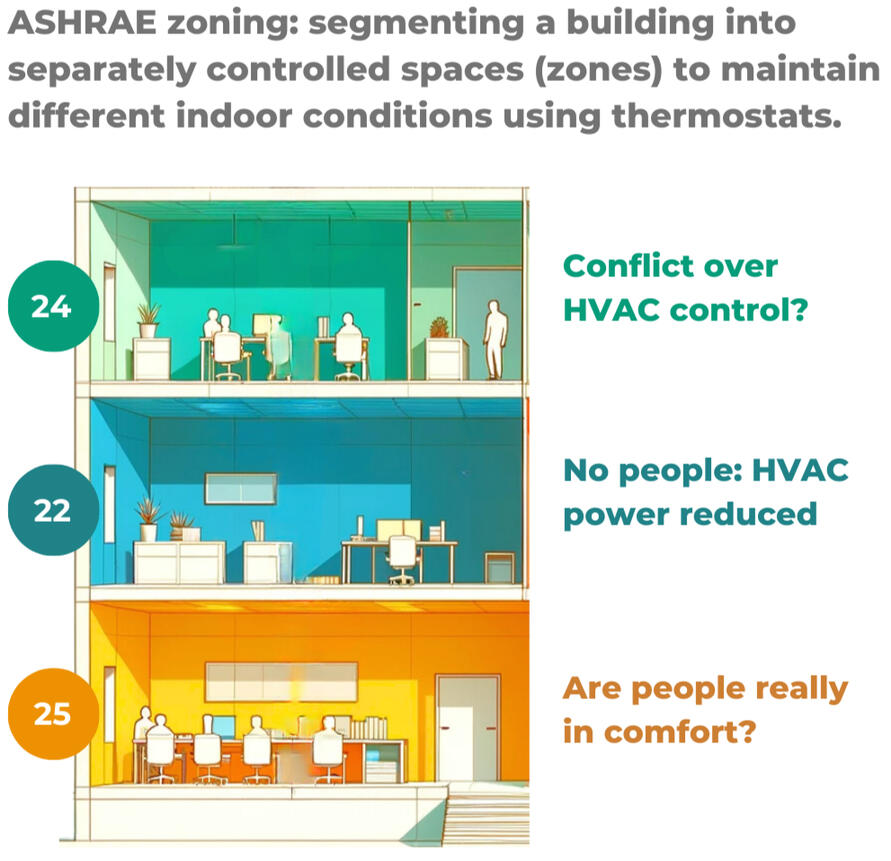
Zoning is important for multi-level buildings, spaces with high ceilings or multiple windows with uneven sun exposure. You should consider zoning if you consistently find that the temperature in your space varies greatly or if you constantly have unoccupied areas. Smart Zoning brings the traditional concept to a new era. A control board is responsible for synchronising smart thermostats that define indoor conditions in each zone. They use dampers to control the airflow throughout the building’s ductwork (i.e., tubes that distribute the air). Smart venting works similarly but uses different software and hardware. It also creates zones, but instead of using dampers inside ducts, the airflow is controlled by supply vents. The advantage of smart vents is that they typically reduce installation costs and time, and no changes in the existing ductwork are typically required.Although smart zoning and venting boost efficiency, you should also consider their potential disadvantages. Your HVAC needs to be dual-stage or modulating for zoning, or you may need a new one. HomeAdvisor says you are looking at ~$3,000 for mini-splits and up to $7,000 for more complex HVACs. Even if you have the right HVAC, the upfront cost of smart zoning or venting is between $1,700 and $4,500 without considering the new HVAC components you may need. In addition, your ductwork size, configuration, and connections should allow optimal airflow variation. Otherwise, you may be facing considerably high retrofit costs. According to the US Department of Energy, HVAC zoning/venting can reduce by 30% energy costs and take over 5 years to pay itself, depending on the increased complexity and costs of the HVAC maintenance.How is Cosysense different?
With smart zoning or vents, occupants can control the temperature in each zone better. This saves energy, but it does not assure occupants’ comfort. We all have different comfort levels, and finding that sweet comfort spot in communal spaces is hard. Think about your office: How often have you participated in or witnessed a fight over an HVAC remote control in the workplace? The result is that common spaces are typically overcooled or overheated, wasting energy owing to discomfort.
Cosysense is a simple add-on for comfort and energy savings with no installation costs. We differ from zoning or smart venting because we optimise comfort in communal spaces to generate energy savings. Our system works in each zone independently and can be coupled with smart zoning, smart vents, central air conditioning, heat pump or ductless systems. We can also install our system in single spaces, so there is no need for complex HVACs for our solution to work. Moreover, our human-centred efficiency solution quantifies your scope 2 emissions. Do you want to test it? Cosysense is free to install and will only cost you a fraction of your savings.
Cutting costs and emissions:
A dive into HVAC efficiency
Heating, ventilation, and air conditioning systems (HVACs) account for 38 to 40% of electricity consumption in office buildings, representing 70% of base building landlord costs. With increasing electricity prices and greenhouse emissions regulations, HVAC energy efficiency matters more than ever for commercial buildings. What can you do about it?HVACs' most important function is to promote indoor comfort and well-being. Many businesses use smart thermostats like Nest, Ecobee, and Pelican to control and manage HVACs more efficiently. These thermostats adjust your HVAC’s temperature by learning about your behaviours, preferences, weather data, and your space’s characteristics. They also adapt temperature settings when there are no occupants and can optimise compressor and ventilation settings to minimise power consumption. They can also provide reminders to change filters and integrate them into other smart systems.The issue with smart thermostats is that they are limited to certain types of HVACs, require WiFi, and often need a retrofit for installation quote. In addition, they were developed to cater for homes with few occupants. This means they estimate comfort rather than quantify it.
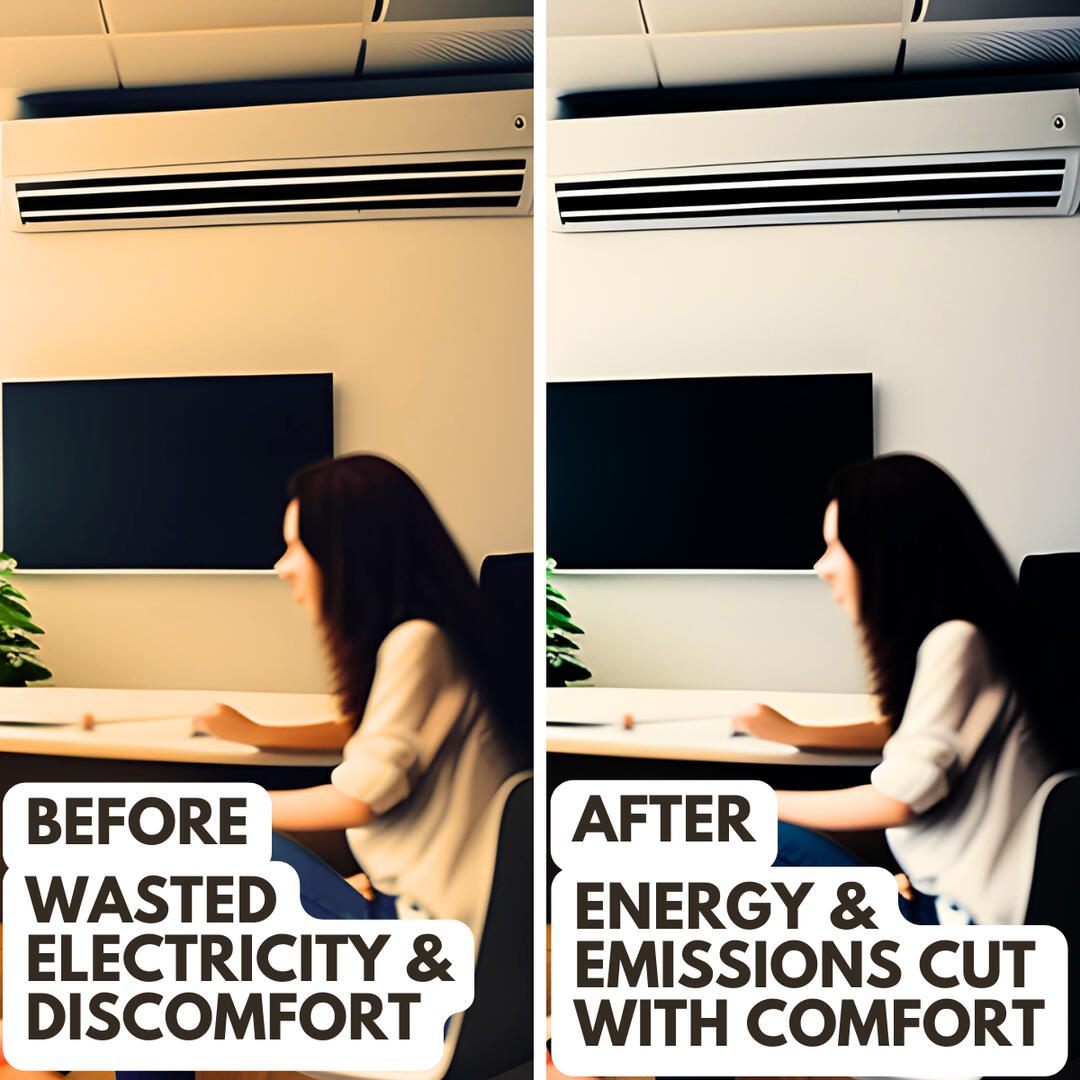
Occupants too hot or too cold due to wrongly set HVACs in the workplace affect more than half of the US and UK occupants. It leads to an astonishing 2% to 15% energy waste per degree of discomfort energy waste per degree of discomfort, reduced productivity, and increased complaint rates.Cosysense is unique because we monitor occupants' comfort (among other variables) to leverage the latest AI for HVAC energy efficiency. Thanks to our solution, comfort goes hand in hand with efficiency. We are also different because our solution has no upfront cost. We are committed to reducing your consumption, so we only charge a fraction of your realised savings.The critical role of HVACs on buildings’ comfort and well-being will only increase due to extreme weather conditions caused by climate change. They are the largest source of energy consumption and emissions of buildings, so every efficiency effort matters. We can support you in transforming your space into a more efficient, sustainable and comfortable venue without any hassles, changes to your existing systems or cost. Shall we have a call to talk more about it?
Chill out, but not too much:
health impacts of air conditioning
Have you ever felt sick after spending time in an air-conditioned space? Have you blamed the air conditioner for your sickness? You are not alone. ACs are key for a healthy and cosy indoor environment, but overcooling impacts our health and well-being. Here is how.Maintaining a comfortable temperature and the right humidity is key for promoting a healthy environment in offices and other indoor spaces. Low temperatures can reduce the growth of bacteria and other potential allergens. However, we are we are overcooling shared spaces. Exposure to cold air for extended periods can lead to breathing discomfort due to irritation and inflammation of the airways. The respiratory system constricts, making individuals more prone to respiratory infections and can provoke asthma in susceptible individuals.

The right humidity levels also matter for a healthy environment. Mould forms at a relative humidity of more than 70% and once it forms, it costs a lot of money to retrofit buildings to remove it. Mould can lead to allergic reactions such as sneezing, running nose, red eyes and skin rash. It can also cause asthma attacks. Air conditioning systems deplete humidity levels in indoor environments, leading to dry air which is needed to avoid mold formation. However, overusing the AC means the air is dehumidified to an extent that can cause skin dryness, itching, and irritation. As with temperature, balance is critical to keep humidity at healthy levels between 40% and 60%.Indoor life without air conditioning is unimaginable. With climate change and rising heat waves, we will only depend more on ACs for healthy and cosy indoors. The key is to find the right balance on how to use it, which needs monitoring technology. That is why Cosysense exists. We are creating smart, healthy, and comfortable commercial spaces for everyone, which also brings a reduced carbon footprint. We use state-of-the-art sensors and artificial intelligence technology to make it happen. Would you like to learn more about our technology? Reach out. You can test our technology for free and keep it by paying only a fraction of your monthly energy savings.
Thermal inequality: millions of women and our planet suffer from it every day
How often have you been freezing in an overly air-conditioned office during summer or boiling during winter? If your answer is 'countless', then you're not alone. Most females and other temperature-sensitive individuals depending on age, metabolic rate, and ethnicity, suffer from thermal discomfort. This is likely the largest gender inequality you have never heard of. Addressing this issue is crucial for creating more inclusive commercial buildings, boosting company productivity, and promoting sustainability.The uncomfortable reality is that 4 to 8 out of ten people today suffer from thermal discomfort. An occupant survey conducted in over 400 offices revealed that overcooling was 1.8 times more likely to affect women than men, which is aligned to complaints about cold offices shared more often by women on social media.
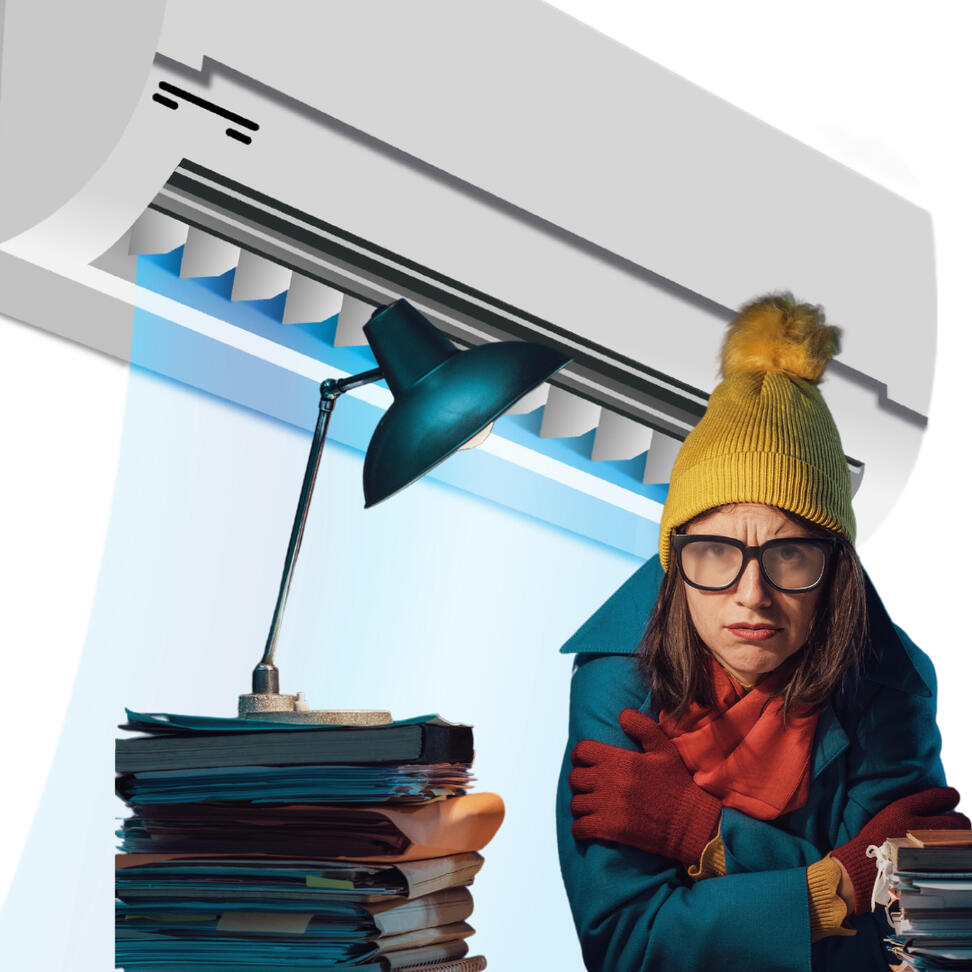
Two main approaches determine AC settings. The first relies on international standards or government recommendations designed primarily with male comfort parameters in mind. These standards often overestimate women's metabolic rates, incorrectly assuming that women will be comfortable at lower temperatures than is actually the case. The second approach depends on the individual manager's temperature preference, with AC settings based on personal comfort. Considering that most leadership positions today are occupied by men, gender thermal discrimination is perpetuated.Thermal discomfort significantly impacts companies’ productivity. For instance, a 10-degree temperature change decreases women's scores in verbal and math tests by 27%. Addressing gender thermal discomfort is also crucial for sustainability. Air conditioning will contribute to 18% of greenhouse gas emissions by 2050. Every degree of overcooling or overheating means an excess energy consumption of 2 to 15%, leading to increased emissions. Hence, adjusting the AC settings to cater to all genders can significantly reduce energy usage and greenhouse emissions.Gender thermal discomfort is a prevalent issue with far-reaching implications. It not only perpetuates gender bias but also impacts productivity and pollutes. Addressing this issue calls for re-evaluating existing standards and new user-centred solutions that consider all genders for determining wellbeing. Indeed, this is exactly what we do in Cosysense because we care about all genders’ wellbeing and the environment. With our smart sensors and AI technology, commercial buildings become more inclusive for everyone. They improve people’s productivity, cut energy bills and reduce their emissions. It is time for comfort to meet sustainability.
Cosysense: making shared spaces
pleasant and energy efficient
Who hasn't lived or seen the typical arguments over cold or hot offices? We all know it. For buildings, discomfort means up to 15% excess energy consumption and greenhouse gas emissions for each degree outside optimal heating or cooling systems. The boom in heating, ventilation, and air conditioning (HVAC) will result in 18% of global greenhouse emissions by 2050. The changing climate is accelerating this trend at the moment with a boom of installations in workplace, retail, and hospitality buildings. Are we making good use of AC that justifies paying high electricity bills and greenhouse gas emissions? The answer is no.Most shared spaces set a constant AC temperature of 18 or 21 ºC regardless of who is inside, the outside weather, or the current electricity rate. Interestingly, we found that over 54% of people in shared spaces freeze. You might have been feeling cold yourself sometimes. Check #coldoffice on X or TikTok to learn about the magnitude of this problem.

Our approach to HVAC is revolutionary. We prioritise comfort and health in communal spaces of commercial buildings to enhance people's well-being and productivity. Our plug-and-play sensors collect user comfort data, indoor environment, and HVAC power that we transform into real-time CO2e emissions. Our AI model uses the data for dynamic comfort and energy optimisation. By making occupants comfortable, we cut 15% to 30% of electricity costs and emissions for buildings. For example, in a London coworking space, we generated 897kWh savings (~£296 and 201kgCO2e) for one HVAC in 30 days. We are a cleantech company, so we align our revenue with our promise. Clients have zero installation costs. They subscribe to our solution with a guarantee: they only pay if we generate larger savings than our fee.We are the first human-centred energy efficiency company in the world. We will transform 1 million buildings by making people comfortable, cutting the equivalent greenhouse gas emissions as if we were creating a new forest as big as London every single once reaching scale. Would you like to make your shared space more pleasant and energy-efficient? Let's chat!
Cosysense: the UK deeptech startup transforming building energy efficiency and cutting CO₂ emissions

In 2025, Cosysense successfully closed a $2 (£1.5) million funding round, backed by prominent investors including Bethnal Green Ventures, Cambridge University Enterprise, Syndicate Room, and angel investors. The capital will support our R&D and scaling.
Cosysense offers a plug and play service for commercial buildings. We improve their operational performance through a patented AI control that quantifies human comfort, among other variables to automatically adjust HVAC and other electrical equipment.
There is no risk in testing our solution because clients have no upfront costs. We provide a subscription model where savings are shared.
Leadership & Team:Matias Acosta – Co-Founder & CEO, PhD from the Technical University of Darmstadt and research experience at Cambridge University and at UNDP. He led over $5M in projects, teams of over 100 people, and several knowledge transfer projects.Sebastian Horstmann – Co-founder & CTO, PhD from Cambridge University on hardware and software manufacturing. He led ML at Series A proptech, transferred his PhD to industry, and scaled a sensors project to 10+ countries.Jack Lynch – PhD from Cambridge University on AI agents for buildings' energy efficiency. He worked before at a Series A cleantech and at the International Energy Agency.
Cosysense's team brings 30+ years of experience, 70+ scientific papers, 4 patents and unique domain and entrepreneurial expertise. Stay tune to more exciting news and reach us out if you want to make commercial buildings more profitable, sustainable, and comfortable.






























